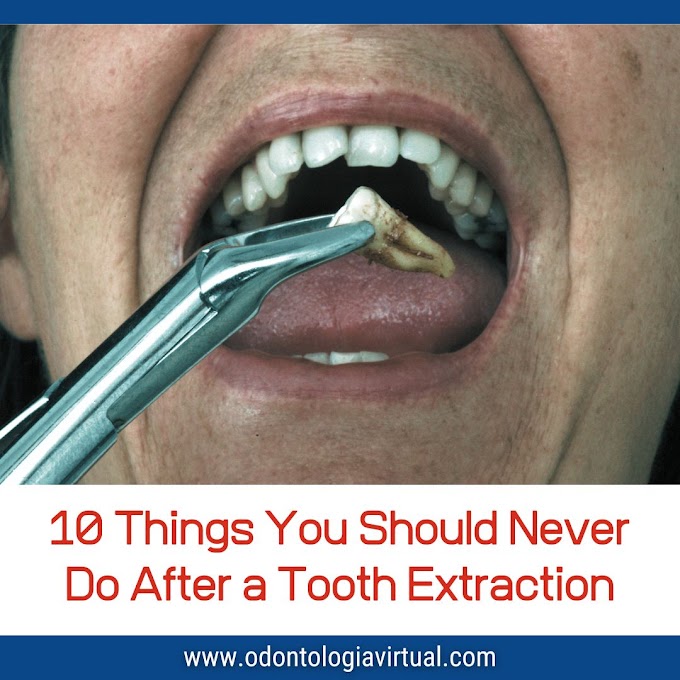Clear aligner therapy (CAT) has revolutionized orthodontic treatment, offering patients a discreet and comfortable alternative to traditional braces.
The increasing demand for aesthetic orthodontic solutions has driven significant advancements in CAT over the past few years.
This article explores the latest developments, expert opinions, and future directions in clear aligner therapy, providing dental professionals with a comprehensive understanding of current trends and evidence-based practices.
Technological Advancements
Recent years have witnessed substantial technological progress in CAT, enhancing treatment precision and patient outcomes. Key developments include:
- 3D Printing and Customization: The integration of 3D printing technology allows for the production of highly accurate and individualized aligners. This advancement facilitates better fit and effectiveness in tooth movement.
- Artificial Intelligence (AI) and Predictive Modeling: AI-powered algorithms have improved the predictability of tooth movements, enabling more efficient treatment planning and reducing the need for refinements.
- Advanced Materials: The development of new aligner materials, such as multi-layered polymers, has enhanced the flexibility and durability of aligners, ensuring consistent force application and improved patient comfort.
ALIGNER TREATMENT: Twenty years of clear aligner therapy: a bibliometric analysis (2002-2022)
Clinical Effectiveness and Biomechanics
Understanding the biomechanical aspects of CAT is crucial for optimizing treatment outcomes. Recent studies have focused on:
- Trimline Design and Force Delivery: Research indicates that aligner trimline design significantly influences force delivery and retention. Aligners with straight and extended margins exert higher forces, leading to more effective tooth movements.
- Masticatory Musculature Impact: Systematic reviews have assessed the effects of CAT on masticatory muscles, finding that while there may be short-term changes in muscle activity, these typically revert to baseline over time.
Applications in Growing Patients
The use of clear aligners in growing patients has expanded, with studies evaluating their efficacy in early orthodontic treatments.
Findings suggest that while CAT can be effective, further high-quality research is needed to fully understand its benefits and limitations in younger populations.
INVISIBLE ORTHODONTICS: Configuration and biomechanical analysis of attachments. A narrative review
Expert Insights
Dental professionals emphasize the importance of comprehensive training and case selection in CAT.
Orthodontists, with advanced expertise, are better equipped to evaluate complex dental alignments and aesthetic factors, ensuring optimal treatment outcomes.
Future Directions
The future of CAT is promising, with ongoing research and technological innovations aimed at addressing current limitations. Areas of focus include:
- Enhanced Material Development: Creating biocompatible resins suitable for 3D printing to improve aligner production and performance.
- Integration of AI in Treatment Planning: Further incorporation of AI to refine predictive models and customize treatments to individual patient needs.
- Comprehensive Clinical Studies: Conducting robust clinical trials to establish standardized protocols and expand the applicability of CAT across diverse patient demographics.
Conclusion
Clear aligner therapy has made significant strides in recent years, driven by technological advancements and a growing body of clinical research.
While CAT offers numerous benefits, including improved aesthetics and patient comfort, it is imperative for dental professionals to stay informed about the latest developments and adhere to evidence-based practices.
Ongoing education and research are essential to fully realize the potential of clear aligners in delivering effective and efficient orthodontic care.
References
1. BMC Oral Health. (2024). Impact of clear aligner therapy on masticatory musculature: A systematic review.
2. Frontiers in Oral Health. (2024). Effects of clear aligner therapy in growing patients: A systematic review.
3. BMC Oral Health. (2024). Biomechanical effects of different aligner trimline designs and extensions on orthodontic tooth movement.
4. Clinical Oral Investigations. (2022). Clinical effectiveness of clear aligners compared to fixed appliances: A systematic review.
5. Quite Clear. (2024). Advancements in clear aligner technology: What's new in 2024?
6. JMSCR Publications. (2019). Clear aligner treatment: Differences in perspectives between orthodontists and general dentists.
7. APOS Trends in Orthodontics. (2024). Clear aligner therapy in contemporary orthodontics: A scoping review of scholarly literature.
8. Straumann Group. (2020). Experts' discussion on treatment options for clear aligners.
EM Ovidental
For collaborations with company and professional brands, contact us at hola@ovidentalgo.com













